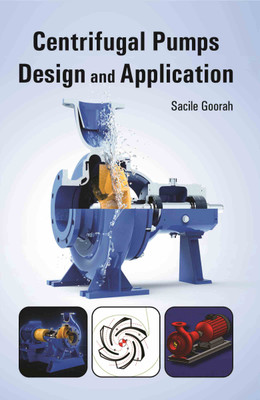Centrifugal Pumps Design and Application - Centrifugal Pumps Design and Application(Hardcover, Sacile Goorah)
Quick Overview
Product Price Comparison
A centrifugal pump is one of the simplest pieces of equipment use to convert energy of an electric motor or engine into velocity or kinetic energy and then into pressure of a fluid that is being pumped. The energy changes occur into two main parts of the pump, the impeller and the volute. The impeller is the rotating part that converts driver energy into the kinetic energy. The volute is the stationary part that converts the kinetic energy into pressure. Liquid enters the pump suction and then the eye of the impeller. When the impeller rotates, it spins the liquid sitting in the cavities between the vanes outward and imparts centrifugal acceleration. As the liquid leaves the eye of the impeller a low pressure area is created at the eye allowing more liquid to enter the pump inlet. If the discharge of a centrifugal pump is pointed straight up into the air the fluid will pumped to a certain height or head called the shut off head. This maximum head is mainly determined by the outside diameter of the pumpŌĆÖs impeller and the speed of the rotating shaft. The head will change as the capacity of the pump is altered. The kinetic energy of a liquid coming out of an impeller is obstructed by creating a resistance in the flow. The first resistance is created by the pump casing which catches the liquid and slows it down. When the liquid slows down the kinetic energy is converted to pressure energy.


